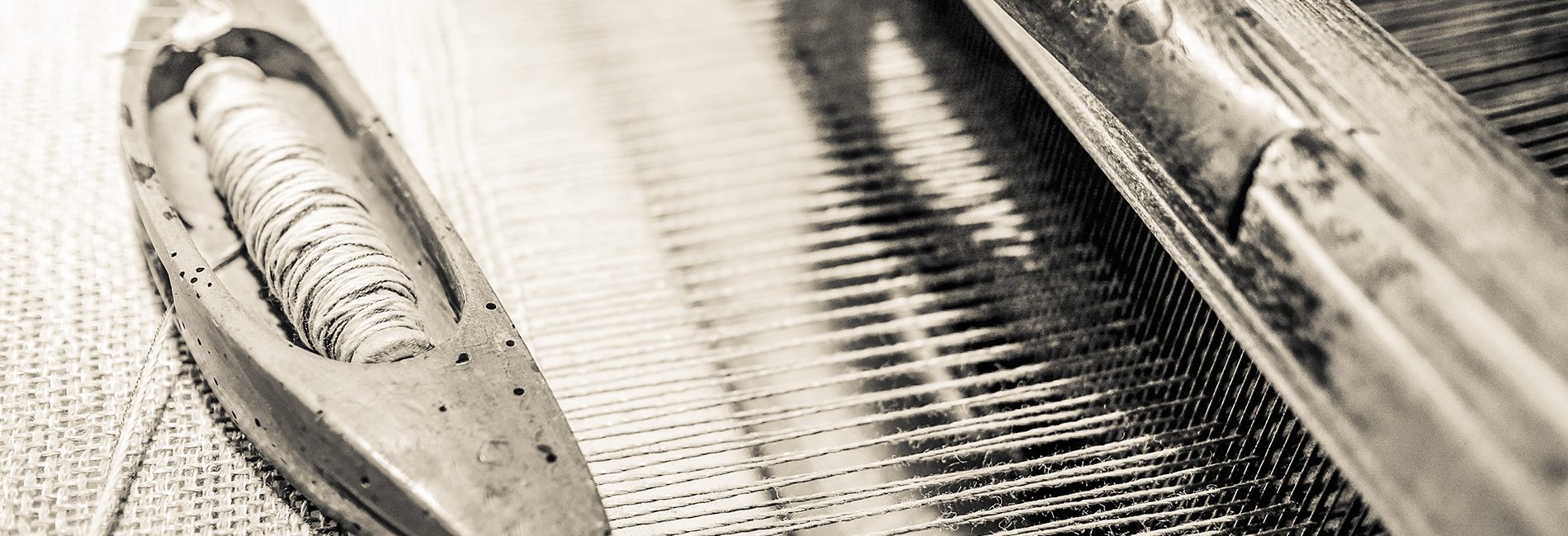textiles
Fast-forward through a move to Venezuela, a child, the move back from Venezuela, then a move to Rhode Island, a chance job in a little office on the third floor of a vertical mill, and an even chancier trip my manager took. It left the door open for someone to inquire about my textile schooling, and I was offered the real chance of a lifetime: a design apprenticeship.
It was a daunting interview: apprenticeship took seven years. I was deflated — that day. Not again. Let me step back: not when it came to work. I. LOVED. IT. Still do.
Looking back, I see how fortunate I was! Not only did I discover a love and a … I don’t even know what to call it … a skill? It sounds clinical and cold. But maybe that’s what it is. The process of pulling fabric apart and creating something that can be woven and finished and withstand wear is almost like cooking — in a way.
I have digressed. The whole purpose of the excerpt from Like A Blue Thread, the first novel I wrote, is that I learned from a master. I know this now. Think I knew it then too, but was in too much awe to even understand it.
master
\ ˈma-stər
- (Entry 1 of 3) c: a worker or artisan qualified to teach apprentices
I miss it terribly. It is a bit like cooking or knitting, creating in a very intimate way. You and the piece of fabric you have to pull apart, putting Xs and Os on graph paper, deciding the yarn size that will work to make it, the width of it as it weaves since it could shrink back depending on the tension … there is so much to it. I have never created fabric out of my head. That was not my job. My job was to take an existing piece of fabric, or a painting, or a magazine photo — anything someone wanted to replicate or change — to create the design and figure out how to get it done, the machinations behind it. During the interview, the Design Director told me that Stylists are the designers, and We are the architects. I so loved that.





